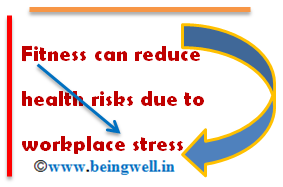Sleep time of a shift worker
Shift workers are at a 60% increased chance of falling asleep at work compared to people who work during the day. This not only can lead to reduced productivity but also an increased risk of accidents and injury at work and on the commute home.
The only real cure for sleepiness is sleep. Naps of more than an hour can help improve alertness. And taking a long nap as a preventative measure in the afternoon before a night shift can help.
But taking a long nap during a shift isn’t always practical and long naps can often lead to sleep inertia which is nothing but a groggy, sluggish feeling after waking up that impairs decision making skills.
In the hour after a nap, performance is impaired, which can be very dangerous for workers who need to conduct safety-critical tasks.
For example, truck drivers may be at a higher risk of road accidents, and nurses who need to make important decisions and administer medication may be impaired soon after waking.
